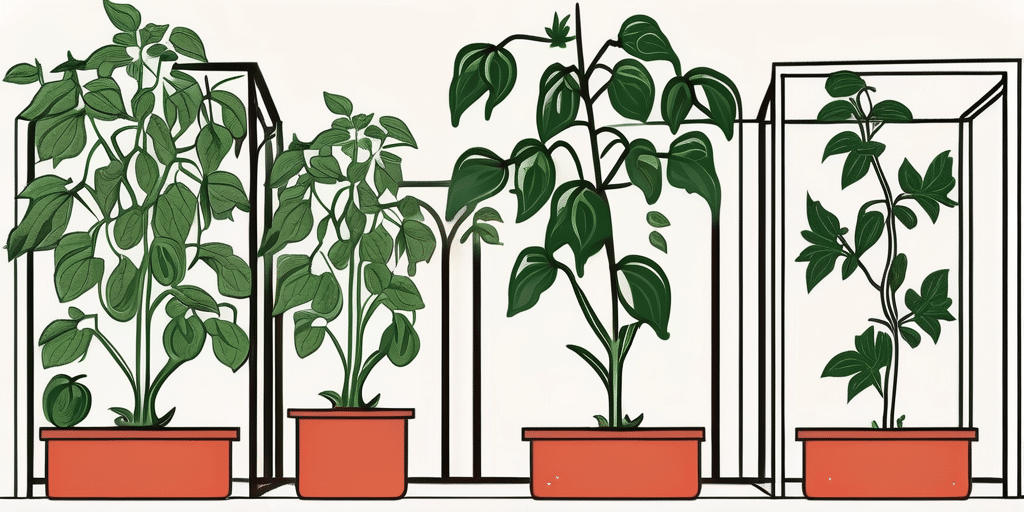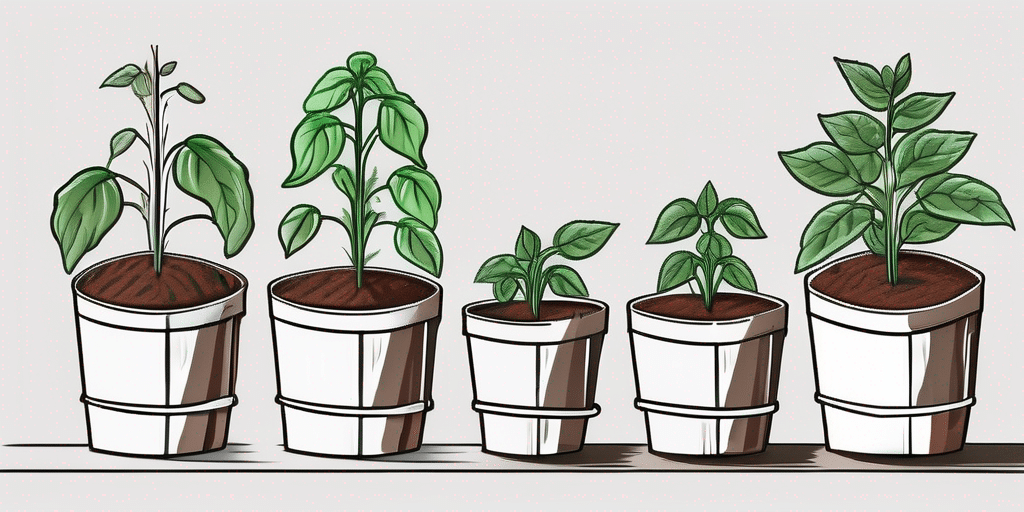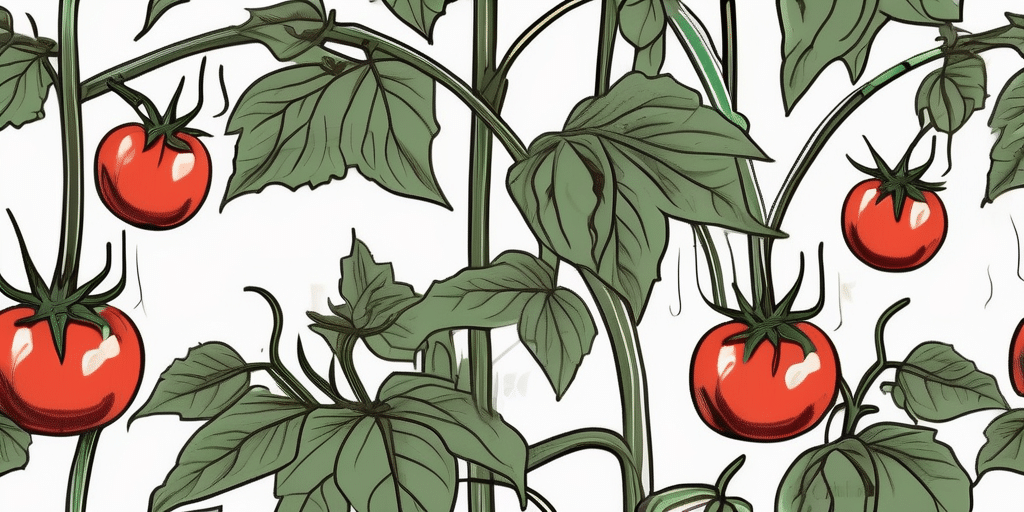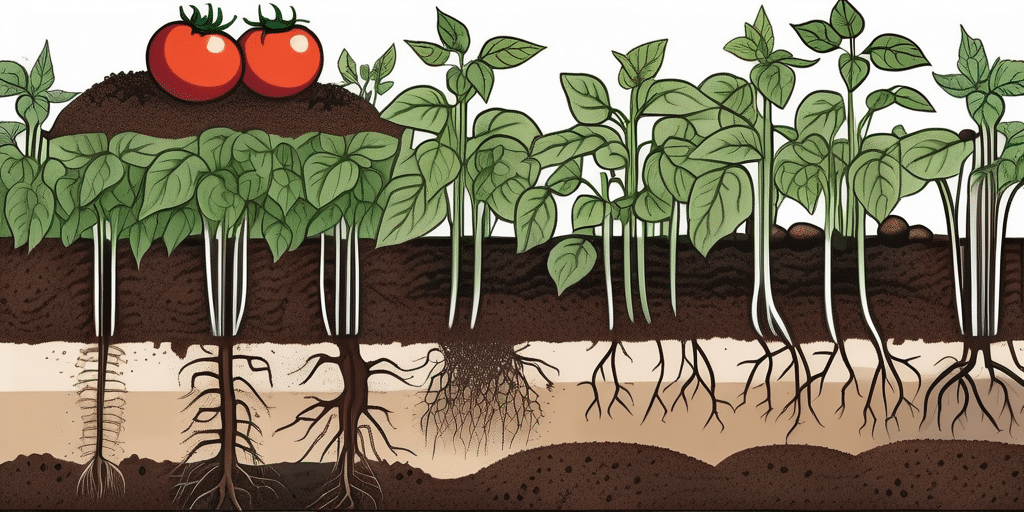Virginia, with its diverse climate and rich soil, offers an excellent environment for growing tomatoes. However, understanding the right time to plant tomatoes in Virginia is crucial to ensure a healthy and productive crop. This guide will provide you with comprehensive information on when to plant tomatoes in Virginia, along with other essential factors to consider for successful tomato cultivation.
Understanding Virginia’s Climate
Virginia’s climate varies from the Atlantic coast to the Appalachian Mountains, affecting the planting and growing season of tomatoes. The state experiences a humid subtropical climate, which is ideal for growing tomatoes. However, the timing of planting can differ based on the specific region within the state.
Generally, the growing season in Virginia starts in early spring and lasts until the first frost in fall. However, tomatoes are warm-weather plants, and they require a steady temperature of 55-85 degrees Fahrenheit for optimal growth. Therefore, understanding the local climate and weather patterns is crucial when deciding when to plant tomatoes in Virginia.
Best Time to Plant Tomatoes in Virginia
Spring Planting
Tomatoes are typically planted in the spring, once the danger of frost has passed. In Virginia, this is usually around mid-April to early May. However, it’s essential to monitor the local weather forecast closely, as a late frost can damage or kill young tomato plants.
Starting seeds indoors 6-8 weeks before the last expected frost date can give you a head start on the growing season. Once the seedlings have grown to about 6-8 inches and have at least two sets of true leaves, they can be hardened off and transplanted outdoors.
Fall Planting
For a fall harvest, you can plant tomatoes in Virginia in late summer, typically around mid to late July. This allows the plants enough time to mature and produce fruit before the first frost in fall. However, care should be taken to ensure the plants receive adequate water and protection from the intense summer heat during the initial growth stages.
Choosing fast-maturing varieties can be beneficial for fall planting, as they will produce fruit quicker. Regular monitoring for pests and diseases is also crucial during this period, as these issues can be more prevalent in the warmer months.
Factors to Consider When Planting Tomatoes in Virginia
Soil Preparation
Tomatoes prefer well-drained, fertile soil with a pH of 6.0-6.8. Preparing the soil with organic matter or compost can improve its fertility and drainage. It’s also recommended to test the soil pH and adjust it if necessary before planting.
Tomatoes are heavy feeders, so a slow-release fertilizer applied at planting time can provide the necessary nutrients for their growth. Additionally, mulching around the plants can help retain soil moisture and suppress weeds.
Variety Selection
There are numerous tomato varieties suitable for growing in Virginia, ranging from heirlooms to hybrids. Some popular choices include ‘Better Boy’, ‘Early Girl’, and ‘Cherokee Purple’. When selecting a variety, consider factors such as maturity time, disease resistance, and fruit size and flavor.
Heirloom varieties often offer unique flavors and colors, but they may be more susceptible to diseases. On the other hand, hybrid varieties are usually more disease-resistant and can produce more consistent yields.
Pest and Disease Management
Tomatoes can be affected by various pests and diseases, including tomato hornworms, aphids, blight, and wilt. Regular inspection of plants, proper spacing for air circulation, and crop rotation can help prevent many of these issues.
Using disease-resistant varieties and practicing good sanitation, such as removing diseased plants and cleaning tools, can also help manage tomato diseases. If pests or diseases become a significant problem, organic or synthetic pesticides may be used following the manufacturer’s instructions.
Conclusion
Knowing when to plant tomatoes in Virginia is the first step towards a successful harvest. By understanding the local climate, preparing the soil properly, selecting the right variety, and managing pests and diseases, you can enjoy a bountiful crop of this versatile fruit.
Whether you’re a beginner gardener or an experienced grower, the joy of harvesting your own tomatoes is incomparable. So, get your seeds or seedlings ready, prepare your garden, and look forward to the delicious, homegrown tomatoes that await you.






